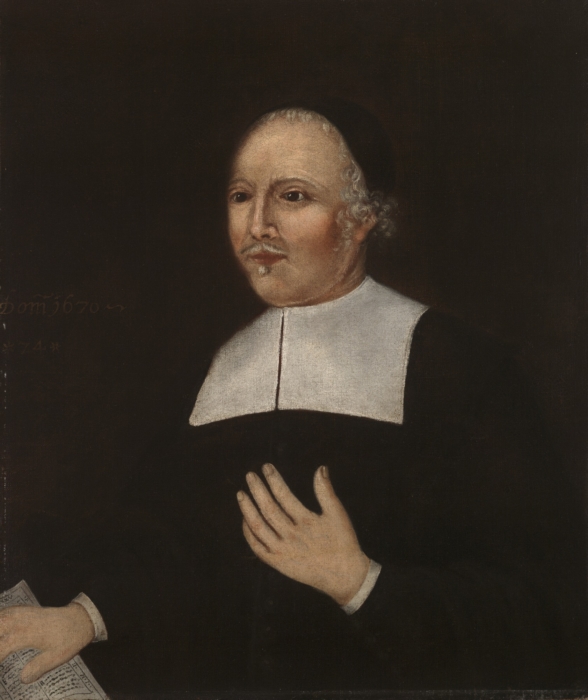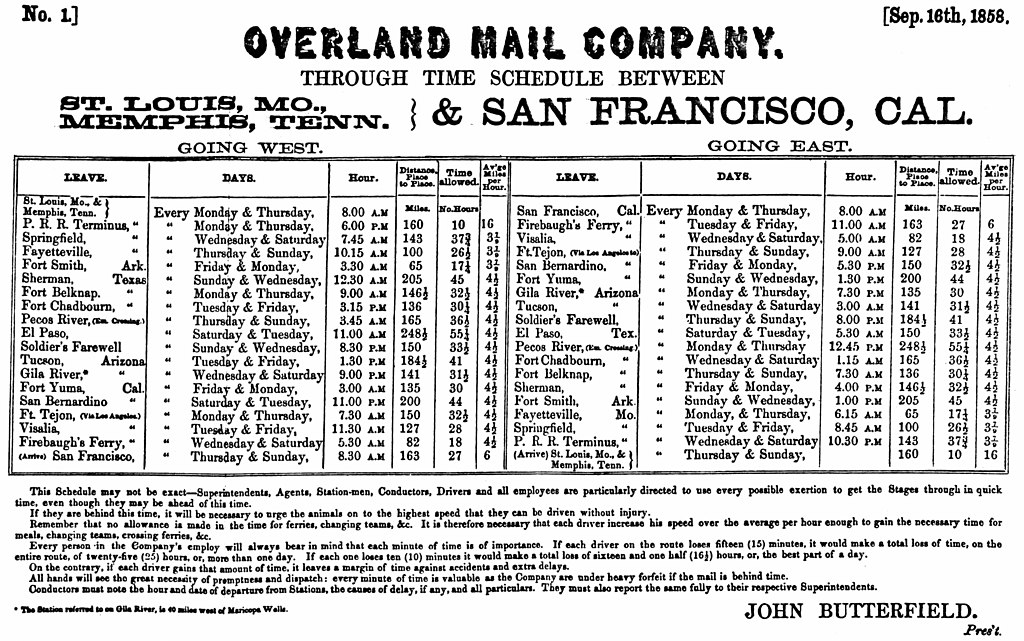TL;DR - There have been several attempts to link Lincoln with Lee (Civil War guys, different sides). One researcher is a descendant of Lion Gardiner. This post is with respect to an article in the periodical of the NEHGS that looks at popular genealogy and history. And, it affords an opportunity to reference earlier posts.
---
Last time, we looked at some analysis, of earlier work (Hectoring) that was done 100 years ago, which was reported in an article that noted how easy it is for creative moods to influence data interpretation. This is fine in some cases, not so in history. In this case, 1902, and later, work was revisited and reviewed using modern analytical techniques. Okay. That type of thing is expected with scholarly work. The avenue for reporting these findings was the Winter 2021 issue of the American Ancestry of NEHGS.
That same issue had another article with the subject of the relationship between Abraham Lincoln and Robert E. Lee. First, we have to mention that FamousKin passed the test with flying colors as they pointed to this article. Their words were "finally ... put this question to rest" in a recent post at the Famous Kin site.
What got us to look further was that the son of John Tyler (President) challenged the report of a relationship not long after it was first published. The son was Lyon Gardiner Tyler. And, he wrote in the William & Mary Quarterly. There are two things here. First, Gardiner in the name raises a question. Turns out that Lyon is a descendant of Lion Gardiner through his mother. With respect to the family of Lion, some have written about their pedigree. But on WikiTree, Lion's profile shows his parents as being unknown. Meaning, as I have discussed with a known author, Gardner/Gardiner research opportunities are wide open. That means, too, that the Great Migration Project at WikiTree has raised issues that need to be addressed. So, we will look at that.So, we will look into this research further at some point as All Things Gardner is the appropriate view. Taking this further, there is plenty research to do as we go toward the 400th of Cape Ann. We have spent a lot of time studying New England of the north, however there are the southern influences.
We first got an opportunity for looking at the South through our work on Chloe Porter. Her father was of New England and of Mayflower descent. Her mother was from early Virginia which gave us a chance to look at the situations and families involved.
Remarks: Modified: 04/09/2021
03/31/2021 -- Added link to Lion's WikiTree profile plus added image of Lyon Gardiner Tyler.
04/09/2021 -- Added the TL;DR.









